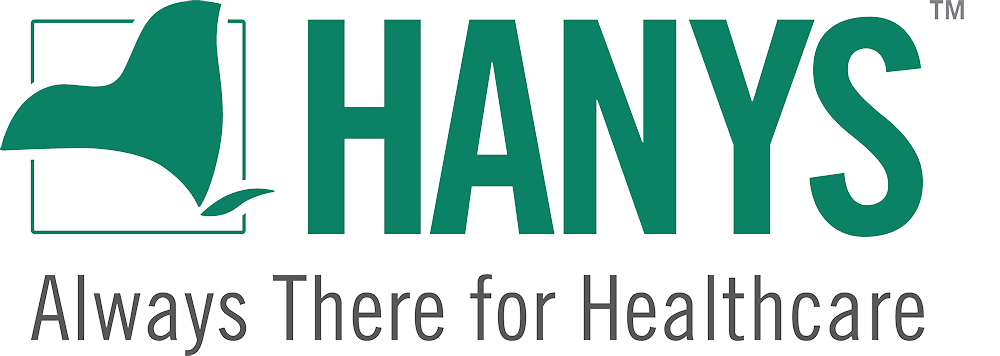We supported the No Surprises Act, but CMS’ implementation plan includes a poison pill — and we’re fighting to remove it
Contrary to congressional intent, CMS’ interim final rule gives leverage to health plans at the expense of patients and providers.

What’s happening: The Biden administration recently released its second interim final rule implementing provisions of the No Surprises Act. Contrary to congressional intent, the interim final rule establishes a de facto default provider payment rate to be used during the independent dispute resolution process.
Such a policy would give leverage to health plans at the expense of providers and the patients they serve. HANYS is strongly urging CMS to amend the interim final rule and create a balanced approach to the process, as Congress intended.
Catch me up: HANYS and our members have long been committed to protecting patients from surprise medical bills. For years, we’ve advocated for a comprehensive solution that keeps patients out of the middle of billing disputes while including fair payment mechanisms to make sure providers are adequately reimbursed for out-of-network services.
The bipartisan No Surprises Act, supported by HANYS and signed into law by President Trump on Dec. 27, 2020, promised to do just that. As written by Congress, the act offers key patient protections, with an opportunity for providers to negotiate reimbursement disputes, and a balanced independent dispute resolution process as a backstop. Importantly, the law did not include a default rate.
“Default what?”: A default rate is a standard payment set by the government to settle out-of-network bills.
The law intentionally does not include a default rate because it would tip the scales in favor of health plans and does not reflect the individual case in dispute.
However, the interim rule establishes a de facto default rate, making the median in-network rate the foundation for the independent arbiter to consider in the independent dispute resolution process.
Why this is unfair: The methodology used to calculate the median in-network rate, as outlined in the first interim final rule, is the same methodology used to determine the cost-sharing amounts for patients for out-of-network services – the qualified payment amount, or QPA. CMS established a methodology that will set artificially low amounts and not reflect the fair market value of services in order to minimize patient cost-sharing. Health plans are solely responsible for calculating and reporting QPAs and providers have no visibility into how the QPAs are calculated.
Where we stand: HANYS proudly played a key role in the successful passage and implementation of the New York state Out-of-Network Consumer Protection Law, as well as the passage of the federal No Surprises Act. Most New Yorkers enjoy some of the strongest consumer protections in the nation, but millions still do not benefit from those protections because their health plan operates under the federal Employee Retirement Income Security Act. HANYS appreciated that with the implementation of the No Surprises Act, New Yorkers, regardless of coverage, will be protected from surprise medical bills. But the details of its implementation matter greatly, and we have one chance to get it right. We cannot support how CMS has drafted its regulations thus far.
What’s next: HANYS will submit feedback to CMS on the interim final rule ahead of the Dec. 6 deadline for comments. We greatly appreciate the advocacy of Rep. Tom Suozzi (D-Glen Cove), who, with Reps. Brad Wenstrup, DPM (R-OH), Raul Ruiz, MD, (D-CA) and Larry Bucshon, MD (R-IN), led a HANYS-endorsed letter urging Biden administration officials to amend the recently released rule so that it aligns with congressional intent. The letter, signed by more than 150 members of the House, states in part,
“… the parameters of the IDR process in the IFR released on September 30 do not reflect the way the law was written, do not reflect a policy that could have passed Congress, and do not create a balanced process to settle payment disputes.”
The law’s provisions, as they relate to the IDR process, are scheduled to go into effect Jan. 1, 2022. We strongly urge CMS to change course before that date. To proceed as currently proposed would serve only to benefit healthcare plans, at the detriment of patients and providers.
